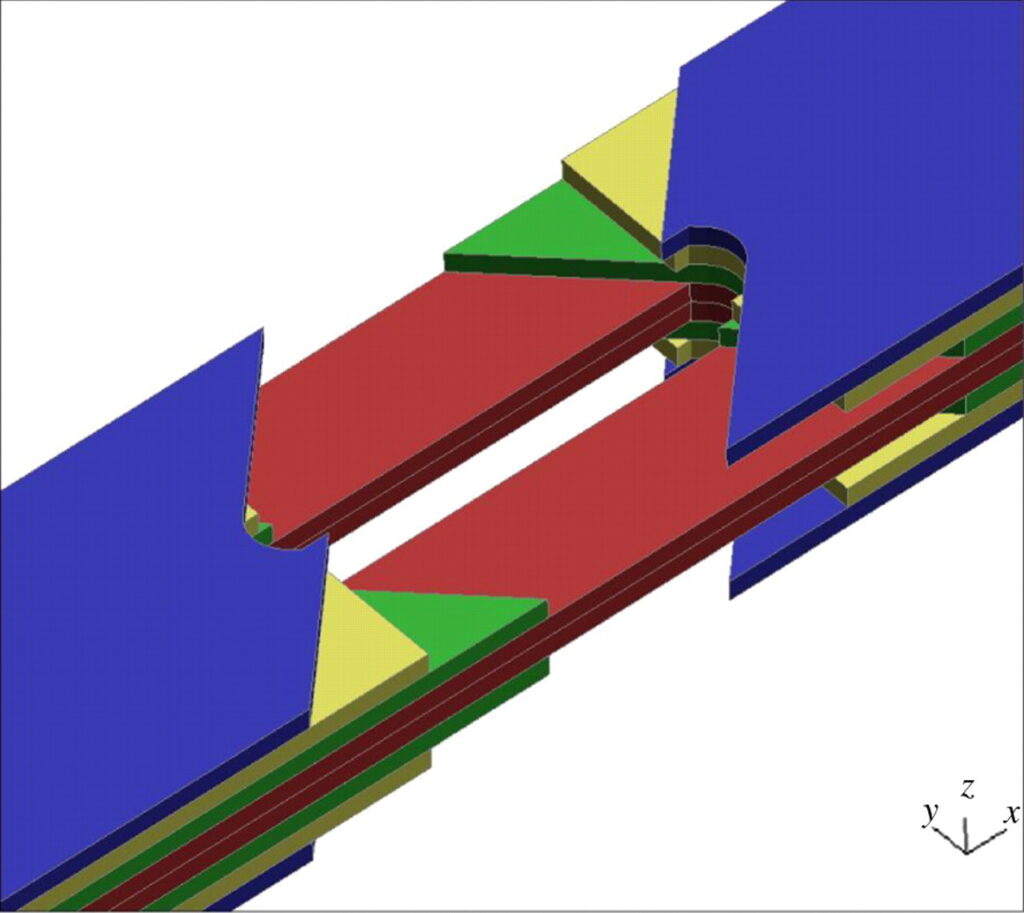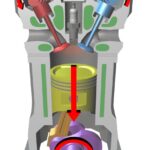In the concurrent design and analysis of parts, accompanying testing, and field usage, predictive failure assessment is critical for success. This phase links existing or potential load environment scenarios with empirical performance. In terms of FEA consulting, I have been fortunate enough to work on U.S. Army development programs to evaluate and implement analysis techniques considering improved product forms and material systems. We also investigated NDE inspection techniques looking at various methods of failure. We must often consider:
● Global and local failure modes
● Matrix failures – compression after impact (CAI), open hole tension/compression, interlaminar shear and normal stresses
● Fiber failures – tension, compression, buckling
● Core failures
 |  |
CAE Associates suggests using a submodel approach or a more detailed local finite element model for evaluating failure mechanisms. Automated routines allow us to map the global model deformations on to a localized model as boundary conditions. The detailed results from these models provide improved information for critical interlaminar shear and normal stress failure evaluation.
Finite element analysis techniques can also help with the evaluation of fail-safe assessments of composite damage that may potentially exist. Much recent research and implementation in finite element based evaluation of degradation is demonstrated through techniques such as:
● Delamination using Cohesive Zone Material (CZM) simulation.
● Delamination using Virtual Crack Closure Techniques (VCCT).
● Progressive damage and degradation of the material system.
Finite element analysis codes have built-in routines that assess the above composite damage mechanisms or provide the flexibility of allowing users to program in custom material behavior models. CAE Associates has provided FEA services to write composite degradation methods in ANSYS through user subroutines such as USERMAT.
Some of the delamination simulation becomes challenging in terms of capturing the nonlinear behavior. More recently, techniques have been implemented to enhance convergence of nonlinear delamination problems.


